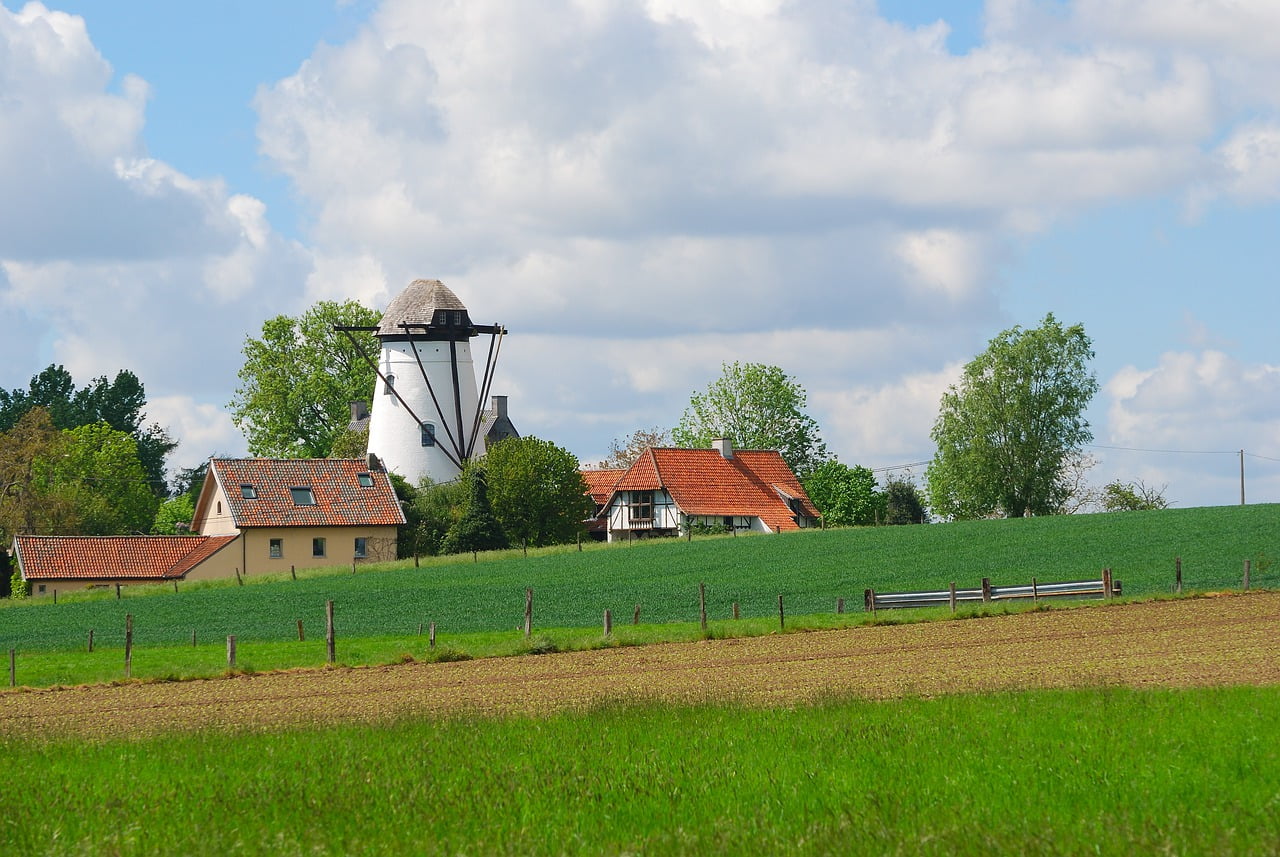The UK needs greater energy independence, with a diversified supply that’s as clean as possible. Here are three investment trusts aiming to play a part in this energy transition.
- Greencoat UK Wind
- SDCL Energy Efficiency Income
- Gresham House Energy Storage Fund
Tara Clee, ESG Analyst, Hargreaves Lansdown
“The turmoil in the energy market is a key driving factor in the cost-of-living crisis. Futures markets are pricing European gas at twice or three times their 2021 levels for at least the next three years, as the war in Ukraine creates continued supply uncertainty.
Q2 2022 hedge fund letters, conferences and more
In response to sanctions, Russia has cut gas supplies to Europe, and this has driven up demand, and subsequently prices, as affected countries are forced to source energy elsewhere. Nine European countries source more than 50% of their natural gas from Russia – a dependence which is no longer sustainable.
Europe’s reliance on Russia and need to diversify its energy sources has magnified the focus on clean energy and the need to speed up the clean energy transition. But the rush for renewables is driving further instability in the energy market, as we don’t yet have the infrastructure to support this demand. The inconsistency that comes with renewables creates further challenges – and shows the clear need for investment in the sector.”
Investment Trusts That Could Benefit From The Energy Transition
Here are three investment trust picks that could support and benefit from the energy transition.
Greencoat UK Wind
Wind is currently the UK’s largest source of renewable electricity. UK wind farms produce power and sell it under long-term agreements to utility companies who are obliged to produce a certain percentage of power from green sources. Greencoat UK Wind lets you invest directly into these wind farms. The trust invests in more than 40 operating wind farms that produce enough clean energy to power over 1.5 million homes. Recent investments include the Windy Rig windfarm located in Dumfries & Galloway, Scotland. Windy Rig consists of 12 turbines and is 100% owned by the trust.
Revenues depend on the ongoing attractiveness of wind-farms investments in general, as well as wind conditions, which the fund has no control over. Investors should be aware that it can be harder to sell your shares as there might be limited buyers for the underlying investments.
SDCL Energy Efficiency Income
SDCL Energy Efficiency Income trust invests in projects that contribute to a greener future. It’s dedicated to accelerating the transition to a net-zero carbon economy. The managers only invest in proven, operational projects that deliver energy for commercial, industrial, and public sector buildings. They achieve this through on-site generation, like combined heat and power units and roof-top solar installations. Or, through energy demand reduction measures, such as efficient lighting, heating and cooling solutions, and also through effective use of energy storage solutions.
Current investment projects include the provision of electricity, heating, cooling, and hot water to St Bartholomew's Hospital in London. The trust’s investment generated £500,000 of energy cost savings a year, enough for the hospital to employ an additional 15 nurses. Other projects include providing on-site power for Citigroup’s London data centre and waste-gas recycling for US steel mills. What links them all is that they should deliver a stable and predictable income stream for the trust. Investors should remember any income is variable and not guaranteed.
Gresham House Energy Storage Fund
The Gresham House Energy Storage Fund trust invests in a portfolio of utility-scale operational battery energy storage systems across the UK. The systems help address supply-demand imbalances in the national grid. When the national grid is at capacity, windfarm owners collect ‘constraint payments’ to switch their turbines off. In 2020 alone, the UK paid £274 million to switch off wind turbines due to excess supply. Battery energy storage provides the capacity to stockpile excess energy, that might otherwise be wasted, and release it when needed to keep supply consistent.
Another source of income for the fund is the UK government’s capacity market mechanism. This is when generators (including batteries) are paid a fixed fee for being on call to deliver power during times of extreme need, known as ‘stress events.’ Battery energy storage systems provide a cost-effective solution to the intermittency of renewable energy and will likely play a vital role in the rolling out of renewables.
About Hargreaves Lansdown
Over 1.7 million clients trust us with £132.3 billion (as at 30 April 2022), making us the UK’s number one platform for private investors. More than 98% of client activity is done through our digital channels and over 600,000 access our mobile app each month.






